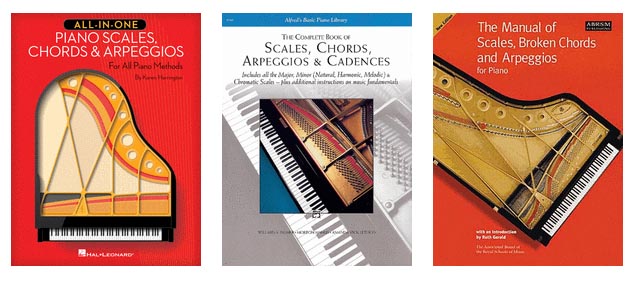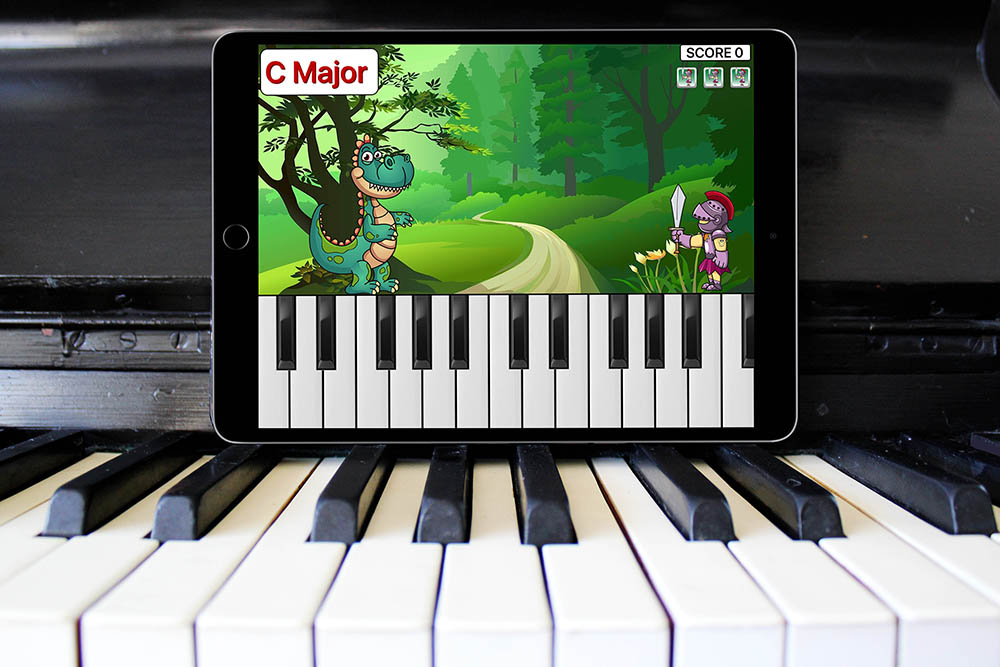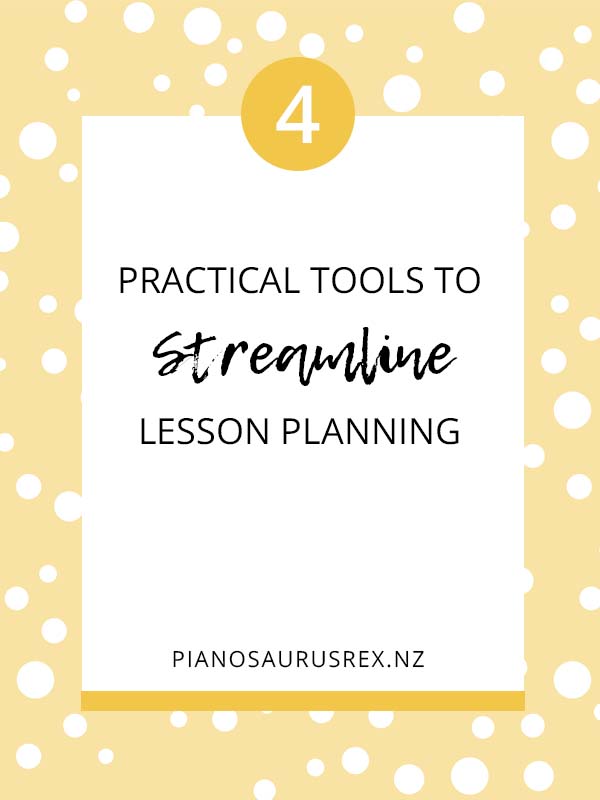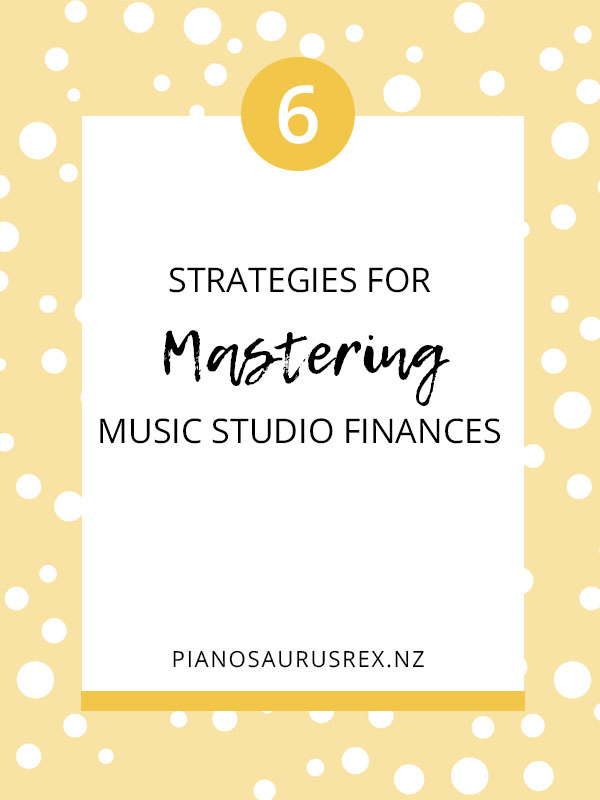4 Practical Tools to Streamline Lesson Planning The more organised I am the more I…
6 Amazing Resources for Teaching Piano Scales
6 Amazing Resources for Teaching Piano Scales
Although piano scales have a reputation for being boring, I totally disagree! There are definitely ways to make teaching and practicing scales both easy and fun. If you don’t believe me then check out these amazing resources for teaching piano scales and see for yourself!
1. Scale Reference Book
Having a comprehensive reference book for scales is super helpful for double-checking fingering and less common scale patterns. Here are some great options:
- All-in-One Piano Scales, Chords & Arpeggios
- The Complete Book of Scales, Chords, Arpeggios & Cadences
- The Manual of Scales, Broken Chords and Arpeggios

2. Scale Reminder Videos
If you’ve ever heard the excuse from students that they didn’t practice their scales because they couldn’t remember them, you’ll love this resource from Colourful Keys. Nicola has created YouTube videos for major pentascales, major scales, and harmonic minor scales plus accompanying workbooks that are all available for free!
3. Multi-key Worksheets
I love using the Multi-key Worksheets from Piano with Lauren to introduce new beginners to major pentascales. By separating keys into four groups based on the shape of the I chord (snowmen, burgers, cookies and jellybeans), keys and pentascales are introduced in a really logical (and appealing!) way. Bonus: the worksheets are designed to be used on an iPad or tablet, but work just as well when printed.

4. Apps for Practicing Scales
If you’ve embraced the wonders of using an iPad in piano lessons, then check out my favourite apps for practicing scales: Dragon Scales and MusiClock.
5. Puzzle Erasers
My students are obsessed with puzzle erasers, which are the perfect size to fit on piano keys. We use them a lot in lessons for identifying key names and playing games, and they’re also great for building scales. There are lots of different types available online, though I usually get them from Kmart.
6. Extreme Scales
Once students have learned to play two octaves in parallel and contrary motion, it’s time to introduce them to something a bit more challenging. Extreme scales are a lot of fun to practice, and have the added bonus of looking very impressive!
Some different patterns to try include:
Or you can try combining all three into one mega scale I like to call Beast Mode Scales.
Bonus Resources
I haven’t had a chance to use either of these resources with my students, but they’re on my wishlist and you might like to check them out:
- E-Z Notes Magnetic Scales from Very Piano
- 1-Octave Superstar Scales, Arpeggios, Chord Progressions from Melody Payne
…plus a free scales tracker



